France has consistently underestimated the devastating impact of its nuclear tests in French Polynesia in the 1960s and 70s, according to groundbreaking new research that could allow more than 100,000 people to claim compensation.
France conducted 193 nuclear tests from 1966 to 1996 at Moruroa and Fangataufa atolls in French Polynesia, including 41 atmospheric tests until 1974 that exposed the local population, site workers and French soldiers to high levels of radiation.
Now that nuclear weapons are illegal, the Pacific demands truth on decades of testing | Dimity Hawkins
Read more
By crunching the data from 2,000 pages of recently declassified French defence ministry documents, analysing maps, photos and other records, and carrying out dozens of interviews in France and French Polynesia, researchers have meticulously reconstructed three key nuclear tests and their fallout.
The Mururoa Files, a collaboration between investigative journalism newsroom Disclose, Princeton university’s Program on Science & Global Security and an environmental justice research collective, Interprt, suggest the impact of the Aldébaran, Encelade and Centaure tests of 1966, 1971 and 1974 was far greater than officially acknowledged.
“The state has tried hard to bury the toxic heritage of these tests,” said Geoffrey Livolsi, Disclose’s editor-in-chief. “This is the first truly independent scientific attempt to measure the scale of the damage and to acknowledge the thousands of victims of France’s nuclear experiment in the Pacific.”
France’s national institute of health and medical research (Inserm) last month published a report on the health consequences of the tests, arguing it “could not conclude with certainty” that there was a link between them and the multiple cases of cancer that have emerged on the islands, but stressing a need “to refine dose estimates”.
The Mururoa Files’ modelling of the fallout from the Centaure bomb alone – the last to be exploded in the atmosphere before France’s tests moved underground – suggests Paris has, in fact, underestimated contamination on Tahiti by as much as 40%, potentially allowing tens of thousands more people to be officially recognised as test victims.
Using meteorological data, military archives and scientific records on the size of the weapon’s radioactive mushroom cloud, the team plotted its passage over Tahiti – and the 80,000 inhabitants of Papeete, the capital of French Polynesia.
The cloud was predicted to head north, but never reached the predicted height of 9,000m, instead staying at about 5,200m. There it was blown inexorably westward towards Tahiti, where no precautions had been taken to protect the population, reaching the island at 2am on 19 January 1974, 42 hours after the explosion.
World’s largest nuclear fusion project begins assembly in France
Read more
According to a confidential report from the Polynesian health ministry obtained by the researchers, about 11,000 victims of the tests received radiation doses greater than 5 millisieverts (mSv): five times the qualifying level for compensation, providing they subsequently contracted certain types of cancer.
Based on documents declassified in 2013, however, the researchers calculate that the entire population of Tahiti and the Polynesian Leeward Islands – roughly 110,000 people – was exposed to a radiation dose of more than 1 mSv from the Centaure test alone.
According the new calculations, the actual radiation doses received by the residents of some districts of Papeete were two or three times higher than those recorded in a study by France’s Atomic Energy Commission (CEA) published in 2006, the researchers say.
The project also reveals a confidential report sent from Paris to the Polynesian government in February last year referring to “a cluster of thyroid cancers” in the Gambier Islands, which were directly affected by the fallout from France’s first nuclear test, Aldéraban, in July 1966.
The unpublished report, France’s first official recognition of the health impact of the tests, says the location of the cluster, “focused on the islands where the fallout was heaviest … leaves little doubt about the role of ionising radiation” in the cancers.
Thyroid, throat and lung cancers, as well as cases of leukaemia and lymphoma and bone and muscle conditions linked to strontium and caesium poisoning, remain prevalent across the islands, the researchers say, citing interviews with multiple inhabitants, many of whom were children at the times of the tests.
The researchers also cite a confidential exchange of emails dating from 2017 in which the French army acknowledges, reportedly for the first time, that as many as 2,000 of the 6,000 military personnel based in French Polynesia and involved in the tests between 1966 and 1974 have since contracted at least one form of cancer.
Despite widespread concerns, however, France did not establish a compensation board for civilian and military victims until 2010, with claimants – in theory – having to prove only that they lived in French Polynesia at the time and had contracted one of 23 cancers recognised as resulting from radiation in order to receive a payout.
But the board, known as Civen, has so far paid compensation to just 454 people, including only 63 local inhabitants, rejecting more than 80% of claims without having to justify its decisions. Many families, the researchers said, including some with several members suffering from different cancers, have given up trying to claim.
Would-be claimants do not have the medical information required to file a claim, nor the means to accurately establish the level of radiation they were exposed to, the researchers say: despite 26 “radiological surveillance points” meant to measure the effects of the fallout, only 20% on the islands’ surface is actually monitored.
Faulty equipment has compounded the problems: in 1971, the year of the Encelade test, some radiation measuring stations were operating with a 50% margin of error.
Moreover, the researchers reveal, the CEA’s 2006 report on radiation in French Polynesia, on which Civen bases its compensation decisions, was validated by the International Atomic Energy Agency (IAEA) – in a study commissioned and paid for by the French defence ministry – “on the assumption that all the data in it is correct” – which, their calculations suggest, is far from the case.
The researchers recalculated the effective radiation dose inhabitants received based on samples collected by the military at the time and including contamination from the atomic cloud, toxic dust on the ground, from inhaling contaminated particles and, particularly, consuming contaminated rainwater.
For some tests, the difference between the recalculations and the official figures was insignificant. For others, however, it was dramatic: the Aldébaran tests of 1966 produced levels of contamination three times higher than so far recorded, they said.


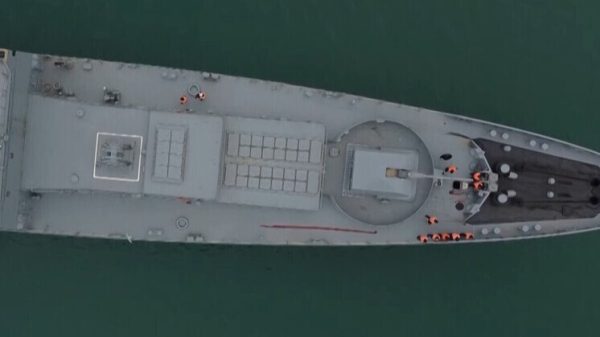




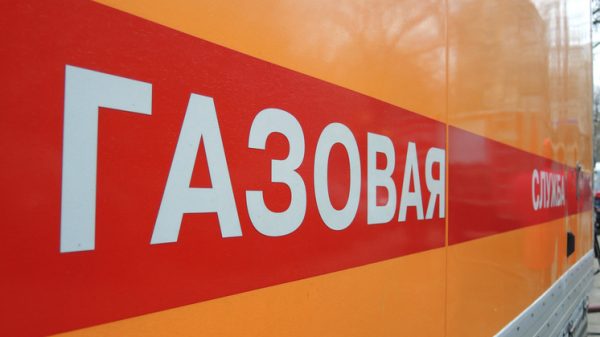
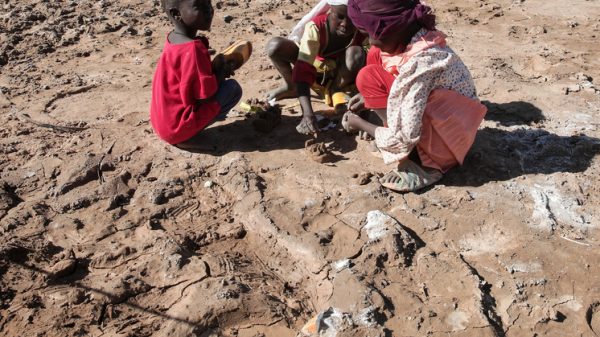
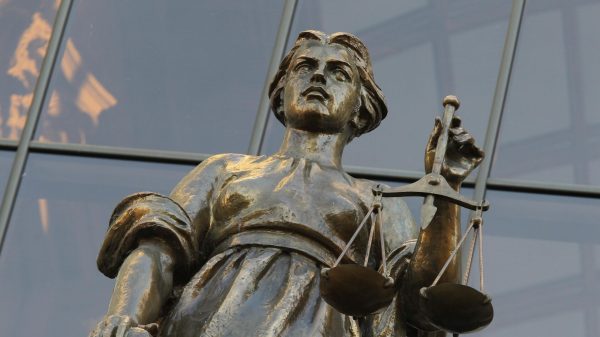
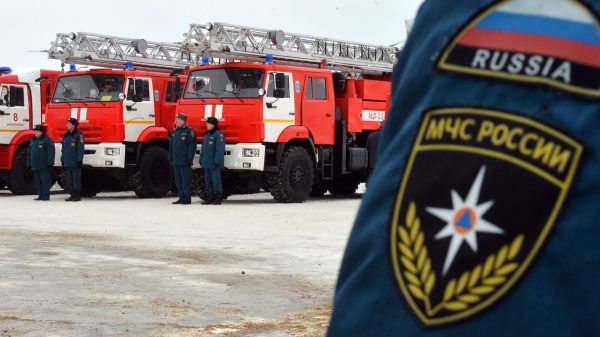






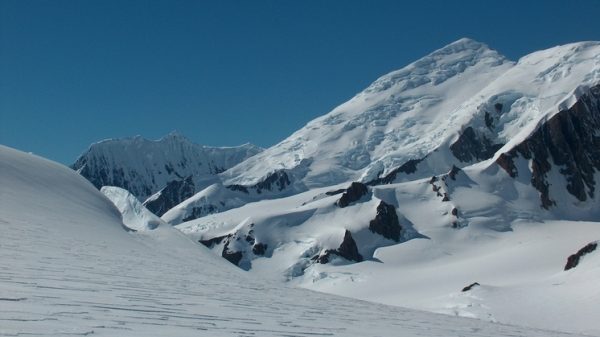



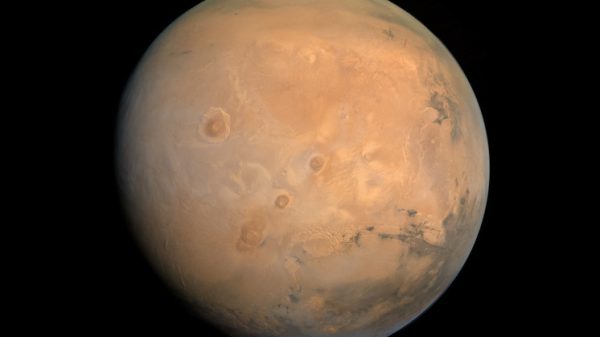










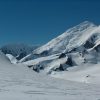























Свежие комментарии